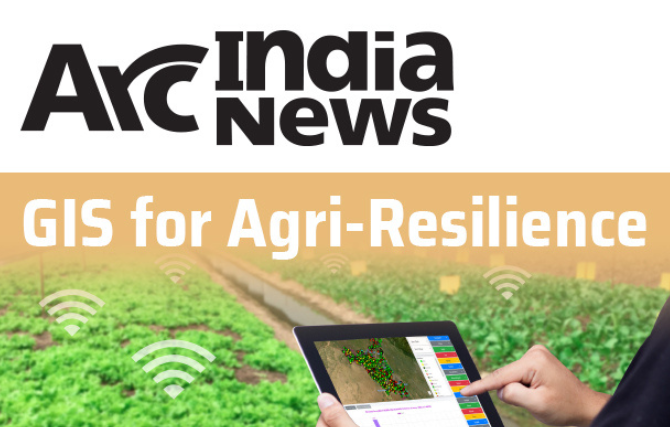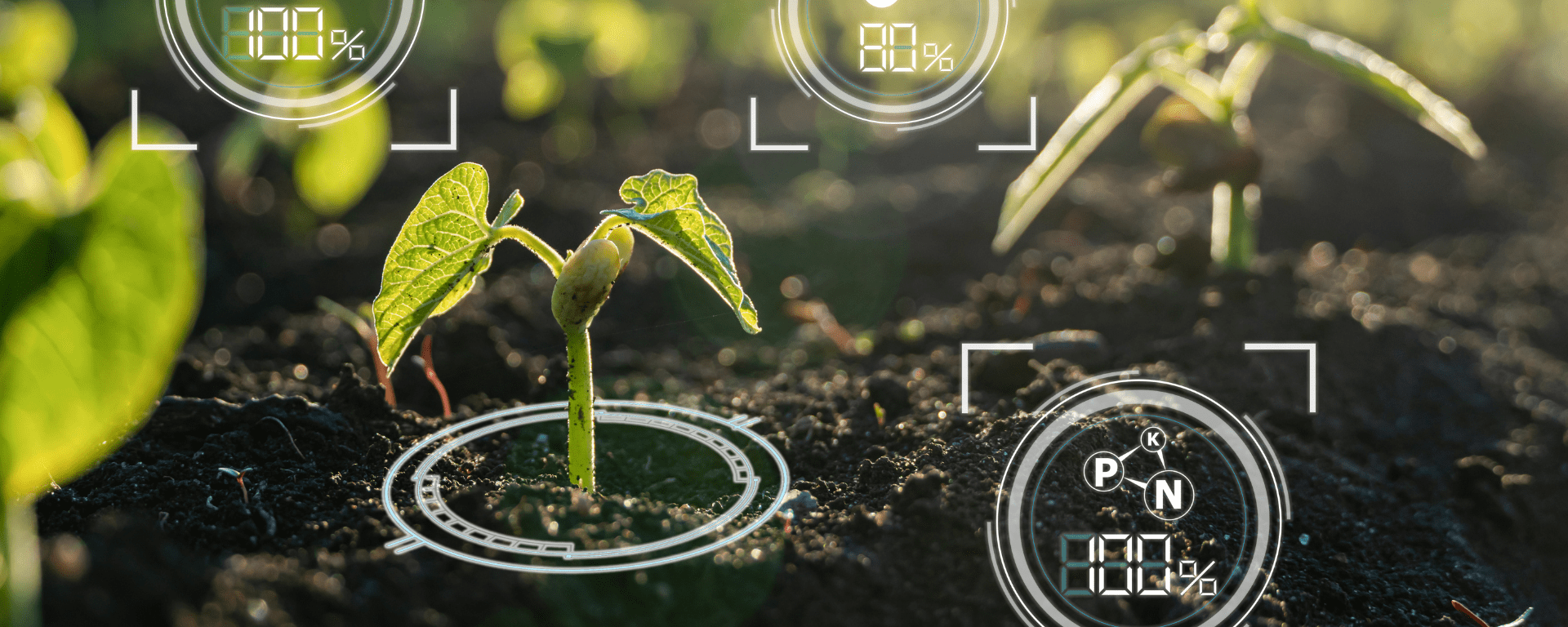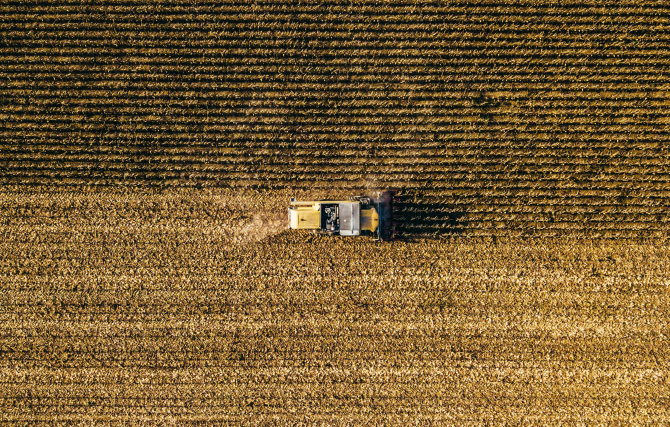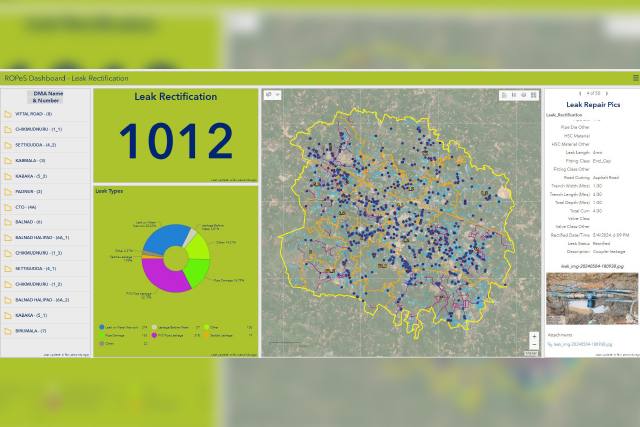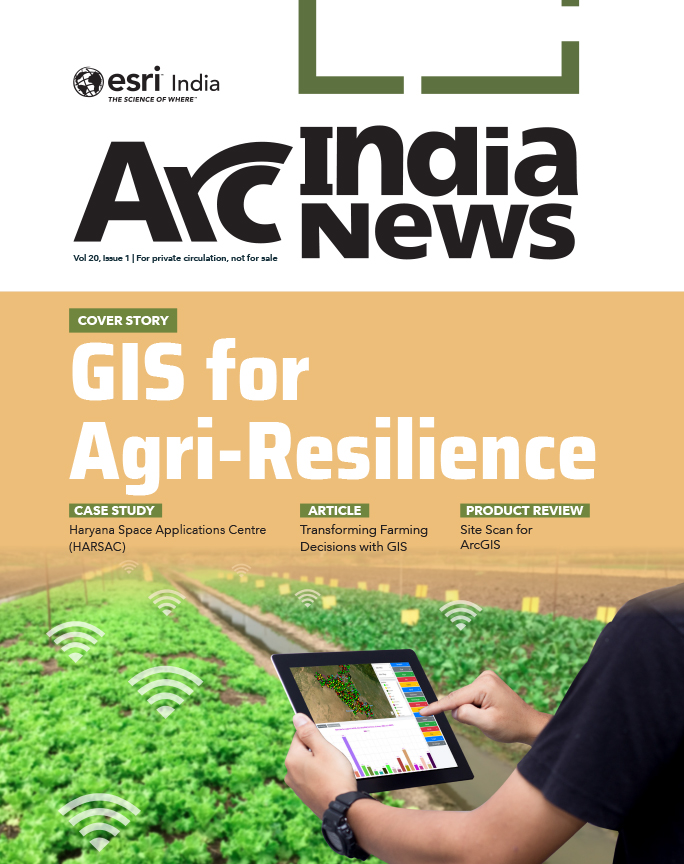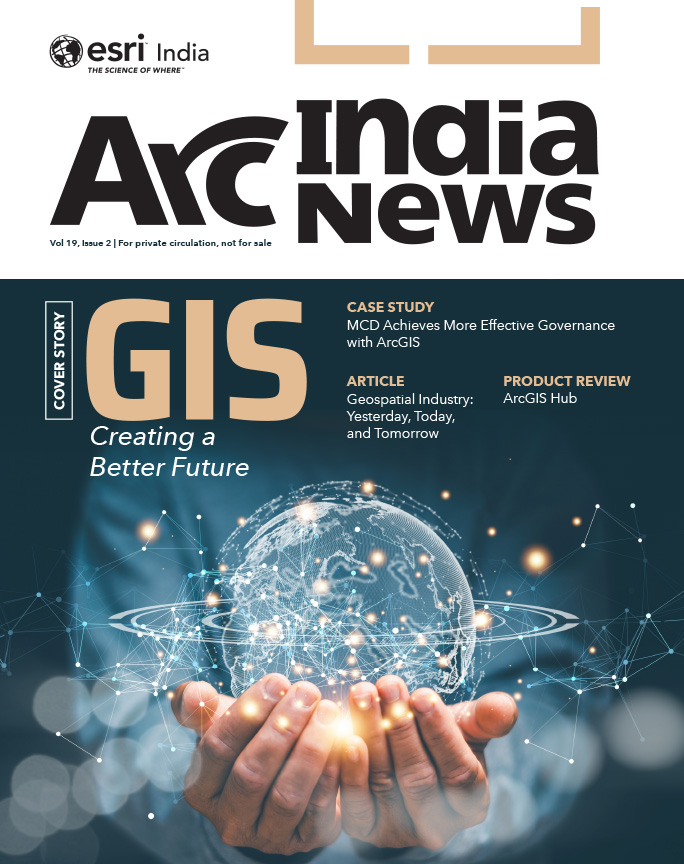The agriculture sector is one of the most important threads in the socio-economic fabric of the Indian economy. The sector’s role extends beyond economic contributions, not only ensuring food security and stability for the nation but also posing as the primary source of livelihood for around 55% of India’s population. This being acknowledged, it is only wise to strengthen this crucial pillar of support, and the answer lies in using technologies like Geographic Information Systems (GIS) to bring digital transformation in agriculture.
Indo ArcGIS facilitates stakeholders to collect, maintain, analyze, and share agriculture data and make more informed decisions at all stages of the agricultural lifecycle. Indo ArcGIS allows the analysis of all field data in one centralized system. It enables integration of Earth observations, imagery, field data, and real-time data streams to improve efficiency, profitability, and sustainability.
A Crop Management Solution developed using Indo ArcGIS, implemented by the Haryana Space Applications Centre (HARSAC), is enabling the organization to effectively govern the full lifecycle of agricultural production in the State of Haryana. By removing demand-supply gaps and minimizing errors in yield estimations and procurement predictions, the Solution is fostering a culture of sustainable agriculture along with bringing substantial savings to the State.
From soil and nutrient analysis to sustainable farming, GIS has a vital role to play in every facet of agriculture.
